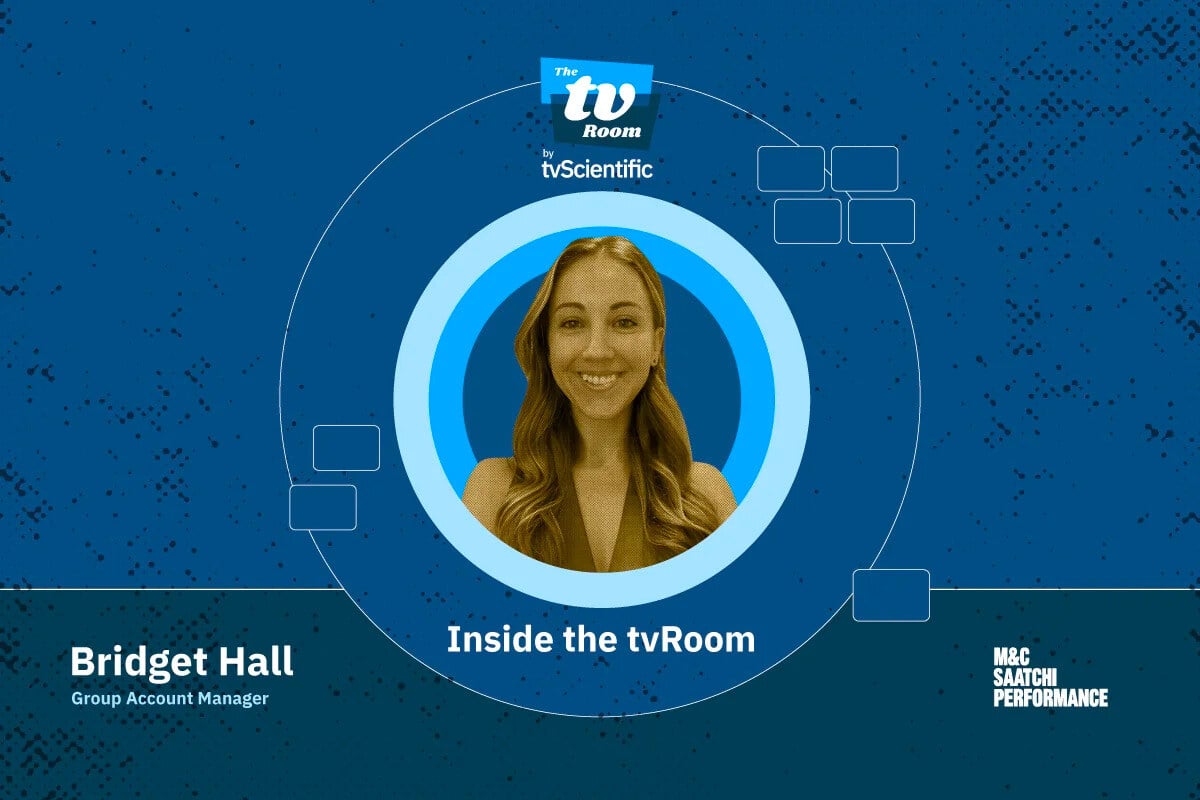In this week’s newsletter of Inside Performance Advertising, Jason Fairchild dives into why the latest streaming showdown matters for advertisers deciding where their dollars actually perform.
The story has captivated not just consumers, who are pissed about access, but the media industry, which sees a parable about the state of streaming.
It’s a very different dynamic than the old cable issues. In the past, the cable companies had much more leverage. YouTube TV has less because consumers can just download DTC Disney apps if they want the same content. In other words, sports rights are the ultimate trump card.
What does this mean for the different streaming stakeholders?
If you’re the NFL, you want a healthy competitive marketplace where people bid against each other for the rights. They’re winning. Disney won the package, and they’re able to charge an arm and a leg for it. So it’s good for them. If there’s a loser, it’s YouTube, which has to pay big-time for the next NFL package.
For advertisers, what this saga illustrates is a broadening divide between brand and performance advertisers.
The top 500 brands that care a lot about reach and frequency around tentpole events will pay whatever’s required to buy these increasingly expensive properties. But performance advertisers won’t pay for these extremely expensive media placements. The ROI won’t pencil out. So they will look for other media opportunities that do not come with $100+ CPMs.
This is the great divide in TV advertising. And it’s widening. As legacy marketplaces become even more expensive, it will only be a small number of brands that still buy on reach and frequency. Everyone else will be laser-focused on performance TV.
To put some dollar figure context to this divide, by 2028 US digital media will grow to ~450B, of which a full 85% will represent performance advertising spend tied to outcome KPIs. So while live sports is a big ticket item and gets lots of dollars and headlines, it is not even close to being the engine of the advertising economy.
What are the consequences of this divide? A weakening of legacy media, which will depend on a smaller subset of advertisers (though, again, there are some advertisers who will always buy NFL games). And a strengthening of the ecosystem that caters to performance through competitively priced media, creative tools, and performance measurement and optimization technology.
Long-term, the YouTube TV-Disney battle signals that the future is performance. But in the meantime, the very few properties that dominate widespread media attention (like the NFL) win. There’s virtually no price too large for media companies to pay. For advertisers, the story is different.
Inside Performance Advertising with Jason Fairchild delivers unfiltered insights, strategic perspective, and hard truths from inside the evolving world of adtech—cutting through the noise to focus on what really drives outcomes. Subscribe here.






